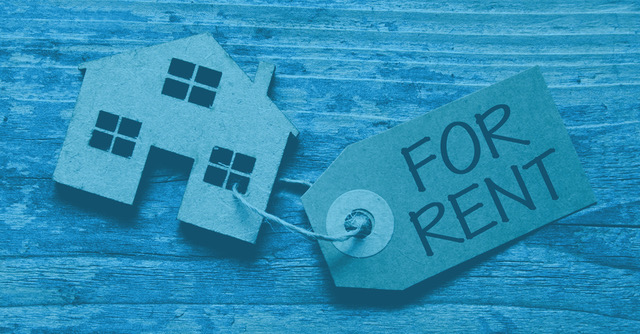For many real estate investors, rental properties deliver a dream come true: passive income. Done right, your rental property will produce mailbox money. Your tenants pay rent, you provide maintenance here and there and your property appreciates while you enjoy the financial security of a cash-flowing asset. Even more, you can have pride in knowing you put your money to work for you.
But, to do it right, you’re going to need to do your homework and watch out for common flipping mistakes so you don’t fall victim to a bad rental property investment. Here are the 4 most important things to consider when investing in rental properties:

1. Invest in Neighborhoods You Understand
Warren Buffet famously proclaimed, “I only invest in things I understand.” The same rule applies to the single-family rehab and rental business: invest in places you know and understand. You’ll be familiar with details others might overlook, such as the rumored expansion of a large corporation nearby, or the addition of an upscale grocery store around the corner. How walkable is the area? What is the school district like? Is there a college nearby?
For help on your journey from rehab to rental, download this free investment rental property neighborhood checklist
2. Choose the Right Property
Condos. Single-family. Multi-family. The choices are abundant, and the best investment is the one that fits your needs.
Condos are often low-maintenance investments, because the exterior is maintained by a homeowners’ association. You’re responsible for interior maintenance, and off the hook for the upkeep of compressors, HVAC, pipes, common area, hedges and sidewalks. The drawback is that you typically garner lower rents from condos and your property appreciates more slowly. It’s a long game.
Single-family homes can have a lower purchasing cost than multi-family homes, with more risk of vacancy. A single-family home is either 100% or 0% occupied, whereas a multi-family home has multiple tenants whose leases begin and end at different times of the year.
3. Pick a Goldilocks Neighborhood
House flippers will often categorize neighborhoods into classes A, B or C.
An A neighborhood is 90% homeowner occupied. Nicer cars are kept in garages, the landscaping is well-maintained. Often there are homeowner’s associations to enforce aesthetic and code concerns. Crime is minimal.
That said, investing in A neighborhoods can be risky, due to the cost of the homes and the rents that will need to be achieved in order to achieve positive cash flow. It can be done, but it is not for the faint of heart. In addition to the cost of the property, the maintenance and improvements are usually as demanding as the tenants paying top dollar for an A neighborhood rental. Unless you are a very seasoned investor, think twice before investing here.
Your typical B neighborhood is usually classified as a working-class neighborhood. Cars and trucks may be parked in the driveway or on the street. The landscaping will be nice for the most part but might be rough around the edges in some places. You’ll see kids playing together and families outside more frequently enjoying a sense of community. Crime is relatively low, and homes are largely functional and usually more affordable.
This is where you want to invest. Approximately 30-60% of homes in B neighborhoods are rented—there’s a market and the return on your investment can be high, especially if the neighborhood is experiencing growth. You’ll need to hire a good contractor for repairs, but likely won’t have to tear the house down and start again.
And then, C and D neighborhoods. Non-functioning vehicles dot the curb. Sidewalks are not well maintained. Littering is more prevalent. Some houses are condemned. Crime is higher and the sense of community is lower. Over 90% of the homes are rented and most of the homes are older and need many updates.
Seasoned investors will sometimes rehab properties in C and D neighborhoods, but it’s not suggested for new investors. Get your bearings on B neighborhood investments - the sweet spot of the single-family rehab business.
4. Decide How You’ll Fund Your Rental Property Investment
Last but certainly not least, it’s time to crunch the numbers and choose the best financial strategy for your goals. After you’ve secured short-term money for rehabbing, you’ll need to secure long-term money for your rental property.
Ask yourself: do you want positive monthly cashflow or are you more interested in paying off the property quickly while it appreciates in value.? A longer amortization period usually allows for a lower payment that will allow you to achieve positive monthly cashflow. The shorter the amortization period will mean a higher monthly payment but a faster path to payoff.
Even if you have the cash to buy a rental property outright, it may be a smarter investment strategy to opt for a mortgage so you can also invest in future opportunities that come your way. The bigger your portfolio, the larger your profitability will grow in the long run.
In Summary, Move Fast, Not Recklessly.
Familiarize yourself with the area where you’d like to invest. Always get a home inspection to make sure you’re getting a fair deal on your property. And get a lender that won’t bait and switch you with terms too good to be true. Invest with a lender that wants you to turn a profit and invests in you to meet your goals.
Speaking of which, we made you this free investment rental property neighborhood checklist to help you on your journey from rehab to rental.





